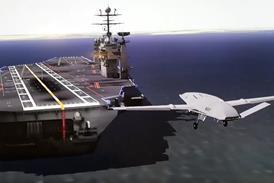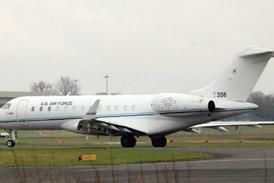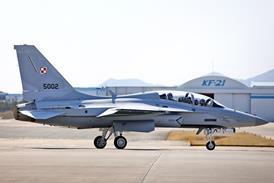Lockheed Martin is likely to be more aggressive in its pursuit of international rotorcraft orders and aftermarket services contracts once its acquisition of Sikorsky is complete, according to company executives and industry analysts.
Its announcement on 20 July that it is buying Sikorsky from United Technologies (UTC) for $9 billion will send ripples out through the rotorcraft Industry.
Certainly Europe’s big two manufacturers – AgustaWestland and, more particularly, Airbus Helicopters – will find it harder than ever to break into the US defence market. And, says David Wireman, aerospace and defence analyst with consultancy AlixPartners, Lockheed will compete more aggressively for new contracts internationally than perhaps Sikorsky did under UTC.
“I would suspect Airbus Helicopters is not very happy right now,” Wireman tells Flightglobal. “They’ve been trying to find ways to enter the US market and now they have a fully integrated vertical-lift prime contractor that plays in a lot of the same space that they do. And that doesn’t limit itself to the USA; I’m sure there are going to be international competitions that Lockheed is going to be more aggressive about going after,” he says.
Airbus Helicopters, which builds UH-72A Lakotas for the US Army, has secured just a small portion of the Pentagon’s planned military helicopter spend, and there are relatively few new Department of Defense competitions on the horizon, except for the relatively small Air Force UH-1 Huey replacement effort that begins in 2016. There is also the army’s Future Vertical Lift effort, but with a technology demonstration phase already under way in which neither European airframer is present, it will naturally favour local suppliers. According to UTC, Sikorsky commands 65% of the DoD’s planned spend on rotorcraft, while Boeing and Textron’s Bell Helicopter have secured 25% and 10% respectively.
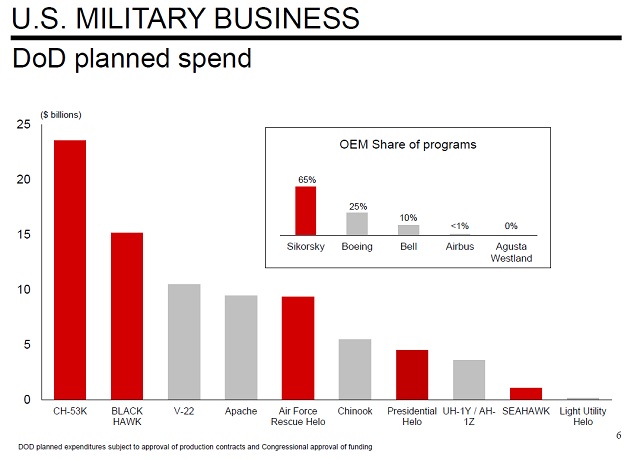
Source: UTC
“I’m not a big believer in Future Vertical Lift [and] I’m hard-pressed to identify new-start rotorcraft programmes,” says Richard Aboulafia, aerospace analysis and vice-president at Teal Group. “I would expect that if [Lockheed] put their resources into one thing, it’s international marketing because Sikorsky had a respectable, good team of people. Lockheed, they get international marketing [of platforms more than UTC].”
Lockheed says part of its strategy in acquiring Sikorsky is to grow its after-market business globally, particularly in the absence of new production opportunities.
But whether it fully understands the rotorcraft business remains to be seen, says Aboulafia, noting that the global sustainment of a fighter jet is very different from supporting a helicopter. “Lockheed Martin in general has never been great at sustainment,” he says. “That will be one cultural clash.”
In a 20 July earnings call, Lockheed chairman, president and executive officer Marillyn Hewson said Sikorsky “fits right in our sweet spot” and has a similar core business model of selling primarily to government customers.
Hewson says Lockheed will be a better owner for Sikorsky than UTC, especially in the pursuit of international sales, but Sikorsky also has a global footprint that can be leveraged.
Bruce Tanner, Lockheed executive vice-president and chief financial officer, says the Sikorsky brand will be retained, even though the business unit will report to Mission Systems and Training.
“They’re a national icon in terms of the capabilities they bring to the rotary marketplace. They do a lot of things well already,” Tanner says. “We think of this as buying a portfolio of programmes versus a new business model or customers. This is all very familiar to us.”
Sikorsky brings with it a sizeable commercial business comprising the S-92 and S-76D, but Aboulafia does not believe this civil segment detracts from Lockheed’s core business of platform manufacturing and systems integration for government customers.
“It’s far more integrated into the defence side of the business than the products of Bell and Airbus [Helicopters] or AgustaWestland,” he says. “For the civil side of the business, I’ll bet 90% of the S-76s and S-92s either go to government, military or oil and gas customers, not sheriff's departments or ecotourism providers. We’re talking about one commercial customer – oil and gas. The others are government.”
Hewson says that despite lower near-term revenue from the oil and gas segment because of falling crude prices, the business is likely to rebound in the next few years.
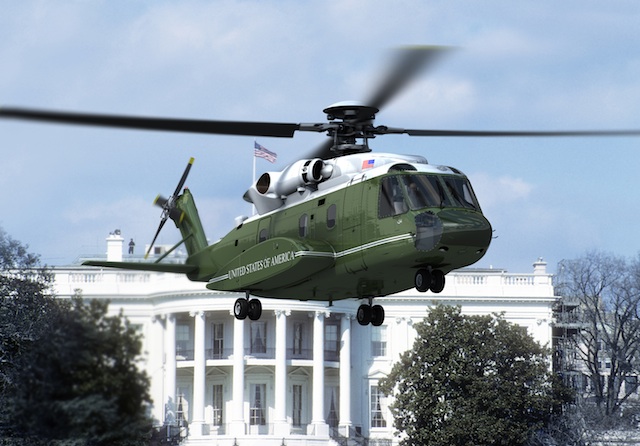
Sikorsky
The biggest customer of both Lockheed Martin and Sikorsky is likely to see some benefit, however. Wireman says the merger will benefit programmes that the two companies are already partnered on, such as the US Navy's VH-92 presidential helicopter and US Air Force HH-60W combat search and rescue programme, through aggressive reductions in management overheads and supply chain costs.
“I suspect there’s a lot of opportunities there,” he says. “I think Lockheed has a lot more discipline around supplier management than Sikorsky is historically known for.”
Aboulafia says the DoD and individual programme offices will not be worried about the merger unless there are major changes in leadership or the closure of facilities. “If they keep things steady-state, they won’t have much reason to worry,” he says. “As long as you meet the milestones, that’s all they care about.”
Lockheed says it will be looking to “rationalise” the Lockheed-Sikorsky workforce and facilities, and better align its supply chain once the acquisition is complete in late 2015 or early 2016. Tanner says the company also plans to maintain Sikorsky and Lockheed’s internal research and development spending at about 2% of gross sales, although those investments could be realigned.
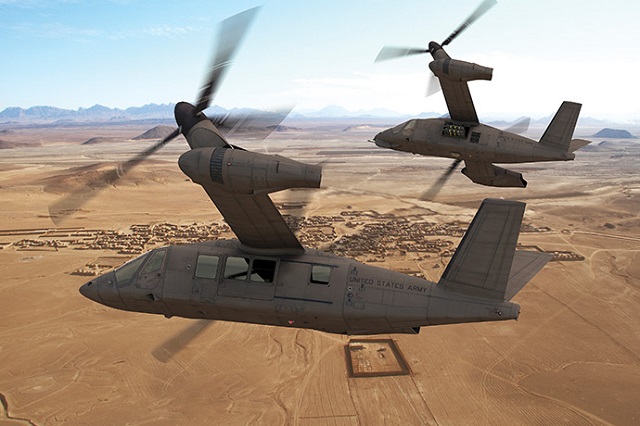
Bell Helicopter
One slight anomaly, however, is the army's joint multirole, technology demonstration (JMR-TD) programme, where it is now effectively competing against itself.
Lockheed is currently teamed with Bell to produce the V-280 Valor, a third-generation tiltrotor, and Sikorsky is partnered with Boeing to produce the SB-1 Defiant compound-coaxial helicopter. Those projects are an eventual bridge to FVL, assuming that ever becomes a programme of record.
Lockheed says it intends to maintain those relationships on both sides, although Tanner cautions that a lot could change between now and the start of FVL, chiefly the army’s requirements.
“Whether that ends up being the programme we think it is today or not is anyone’s guess,” he says. “It’s hard for me to get too excited about where we sit today with something that’s not going to come to full-rate production for 15 or 20 years.”
The programme is designed to deliver the next-generation of medium-lift attack and utility rotorcraft for the US armed services, and could replace the UH-60 Black Hawk and Boeing AH-64 Apache if it ever gets under way.
Source: FlightGlobal.com




